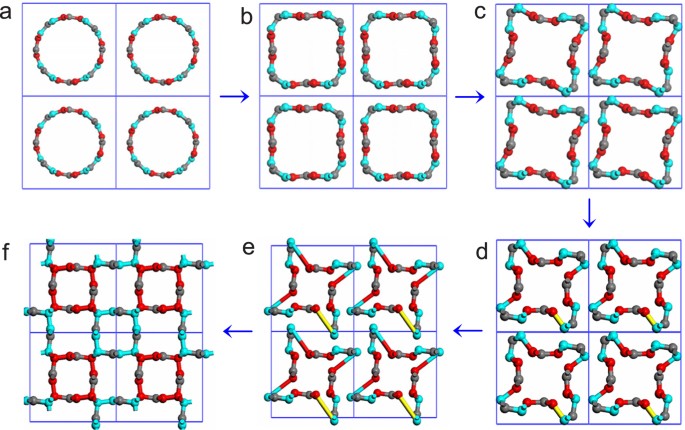


4(4), 669–672 (2013)Ĭerpa, A., Quiroga, O., Moreno, R., Lado-Touriño, I., Ros Viñegla, P., Negri, V., Cerdán, S., Ballesteros, P.: Structural, colloidal and rheological characterizations of single walled carbon nanotubes suspensión. Carbon 131, 229–237 (2018)Ĭerpa, A., Köber, M., Calle, D., Negri, V., Gavira, J.M., Hernanz, A., Briones, F., Cerdán, S., Ballesteros, P.: Oxidized single-walled carbon nanotubes as anisotropic probes for magnetic resonance imaging. Small 1(2), 180–192 (2005)Ĭalle, D., Negri, V., Munuera, C., Mateos, L., Lado-Touriño, I., Ros-Viñegla, P., Ramírez, M., García-Hernández, M., Cerdán, S., Ballesteros, P.: Magnetic anisotropy of functionalized multi-walled carbon nanotube suspensions. 2(3), 155 (2006)īurghard, M., Balasubramanian, K.: Functionalized carbon nanotubes.


Accessed īlanch, A.J., Lenehan, C.E., Quinton, J.S.: Optimizing surfactant concentrations for dispersion of single-walled carbon nanotubes in aqueous solution. Nature 354(7), 56–58 (1991a)īilalis, P.K., Dimitriοs, A.A., Sakellariou, G.: Non-covalent functionalization of carbon nanotubes with polymers. Iijima, S.: Helical microtubules of graphitic carbon. 64, 75–84 (2016)īaughman, R.H., Zakhidov, A.A., de Heer, W.A.: Carbon nanotubes: the route toward applications. C 117(47), 25138–25145 (2013)īarzegar, A., Mansouri, A., Azamat, A.J.: Molecular dynamics simulation of non-covalent single-walled carbon nanotube functionalization with surfactant peptides. In all the models simulated in this work, a strong interaction of both surfactants with the CNT surface is observed, as it is demonstrated by decreasing distances between the surfactants and the CNT during simulation time, the shape of their radial distribution functions, as well as favorable adsorption processes from an energetic point of view.Īlves da Cunha, R., Fantini, C., Andrade, N.F., Alcantara, P., Saraiva, G.D., Souza, A.G., Terrones, M., dos Santos, M.C.: Enhanced solubilization of carbon nanotubes in aqueous suspensions of anionic–nonionic surfactant mixtures. Our results are presented in terms of distance between surfactant molecules and CNT surfaces, radial distribution functions and interaction energies. In the present work, we investigated the adsorption behavior of two surfactants, sodium dodecyl sulfate (SDS) and sodium dodecyl benzene sulfonate (SDBS), at different concentrations on a CNT surface by classical molecular dynamics (MD) simulations. To this end, different surfactants have been used to improve their dispersion in aqueous media. However, due to their high hydrophobicity, they cannot be easily handled in most solvents of biological interest. During the last years, they have been increasingly used in the fields of pharmacy and biomedicine. They can be described as rolled-up graphene layers. Carbon nanotubes (CNTs) are allotropes of carbon with hollow, long structures, having diameters on the nanometer scale.


 0 kommentar(er)
0 kommentar(er)
